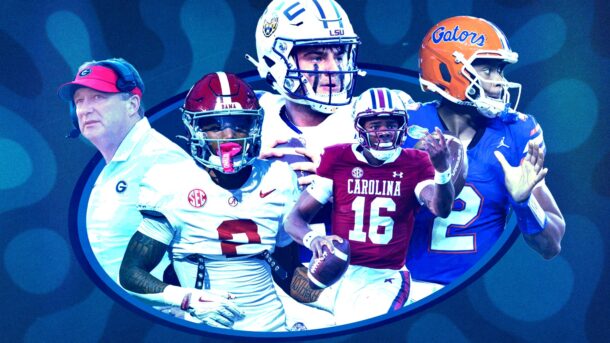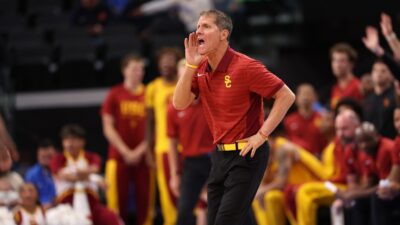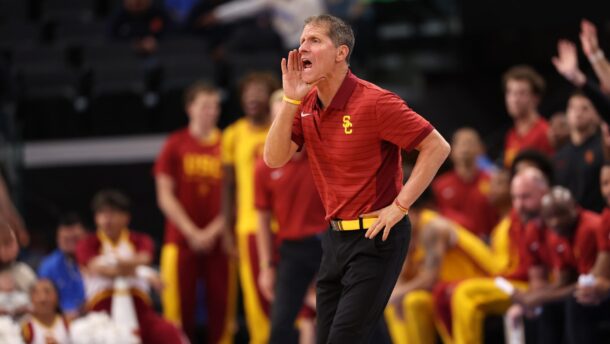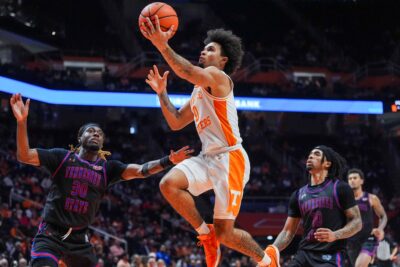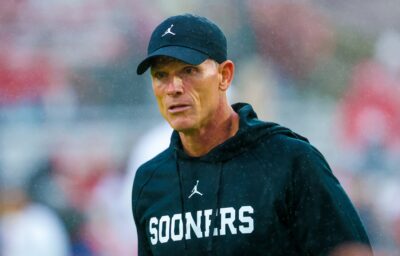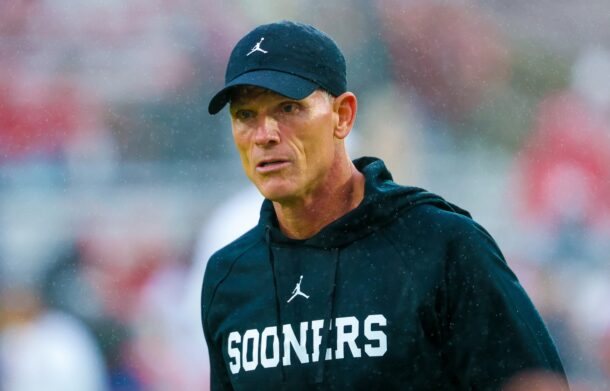What does it take to throw for 3,000 yards in the SEC?
In short, a balanced offense, plenty of weapons and a pocket-savvy head coach.
Earlier this summer we projected that four SEC quarterbacks would throw for at least 3,000 yards this season, matching the same number the league’s posted three of the last five years.
Scheme and tendencies play a major role in a player’s production at the position, perhaps more so than experience and his familiarity with receivers.
It’s the primary reason you can’t rule out quarterbacks such as Mizzou’s Maty Mauk and South Carolina’s Connor Mitch as possible 3,000-yard threats these fall. The varying levels of game snaps are great, but the common denominator is that these these guys know the where the ball needs to go and their respective offenses fit their skill set.
He’s only thrown six career passes, but Mitch is a third-year sophomore with an expansive knowledge of Steve Spurrier’s quarterback-friendly playbook. The Gamecocks averaged more passing yards per game than they ever have during the Head Ball Coach’s tenure last season thanks to Dylan Thompson’s school-record 3,574-yard campaign.
A first-year starter, whether it’s Mitch or true freshman Lorenzo Nunez, won’t change Spurrier’s mindset.
The same goes for Mauk, a gamer who is 14-4 as a starter — the best record for any Gary Pinkel-coached quarterback at Mizzou through 18 games. Heading into his junior season, Mauk’s the focal point of an offense tasked with replacing its four primary weapons at receiver.
It’s a unit with interchangeable parts that caters to the signal caller’s strengths — short timing routes and opportunities to move outside the pocket. If Mauk can improve his passer rating and completion percentage, 3,000 yards is obtainable.
The SEC’s 3,000-yard favorites, on the other hand, are obvious.
Last season was only the second time in Kevin Sumlin’s head coaching career he didn’t have a 3,000-yard quarterback. The other was when record-breaking Houston signal caller Case Keenum was lost for the 2010 season with a knee injury in Week 3.
Texas A&M’s Kenny ‘Trill’ Hill was well on his way with 2,649 yards through seven games, but a subsequent benching followed by a two-game suspension ended that threat.
Second-teamer Kyle Allen flourished as the next man up, accumulating more than 1,300 yards down the stretch for the Aggies.
Combining the passing totals, Texas A&M finished 29 yards shy of 4,000 yards through the air for the season, an SEC-best. Barring injury, Allen will surpass the 3,000-yard mark this fall as the league’s leading passer.
Projected 3,000-yard passers in the SEC
- Kyle Allen, Texas A&M
- Dak Prescott, Mississippi State
- Jeremy Johnson, Auburn
- Josh Dobbs, Tennessee
Potential 3,000-yard passers in the SEC
- Chad Kelly, Ole Miss
- Patrick Towles, Kentucky
- Maty Mauk, Mizzou
- Connor Mitch, South Carolina
- Jake Coker, Alabama
Making the case for the ‘tweeners, Towles would’ve likely hit 3,000 yards last season had it not been for Kentucky’s second-half demise following a 5-1 start. He threw for at least 365 yards in three different games, but what held Towles back was his inconsistency.
In addition to his glimmer of success, he also failed to reach 180 yards passing in six starts.
JUCO transfer Chad Kelly, if he wins the job over Ryan Buchanan, could potentially become the SEC’s brightest newcomer this fall at Ole Miss. Since the start of the 2012 season, the Rebels have thrown the second-most passes in the league behind Texas A&M within a tempo-driven attack.
Previous starter Bo Wallace threw for 3,000 yards in back-to-back seasons for Hugh Freeze and finished six yards short as a sophomore. Production through the air will continue for Ole Miss with a passer many deem more talented than his predecessor who already has a firm grasp of the playbook despite not having any game reps.
